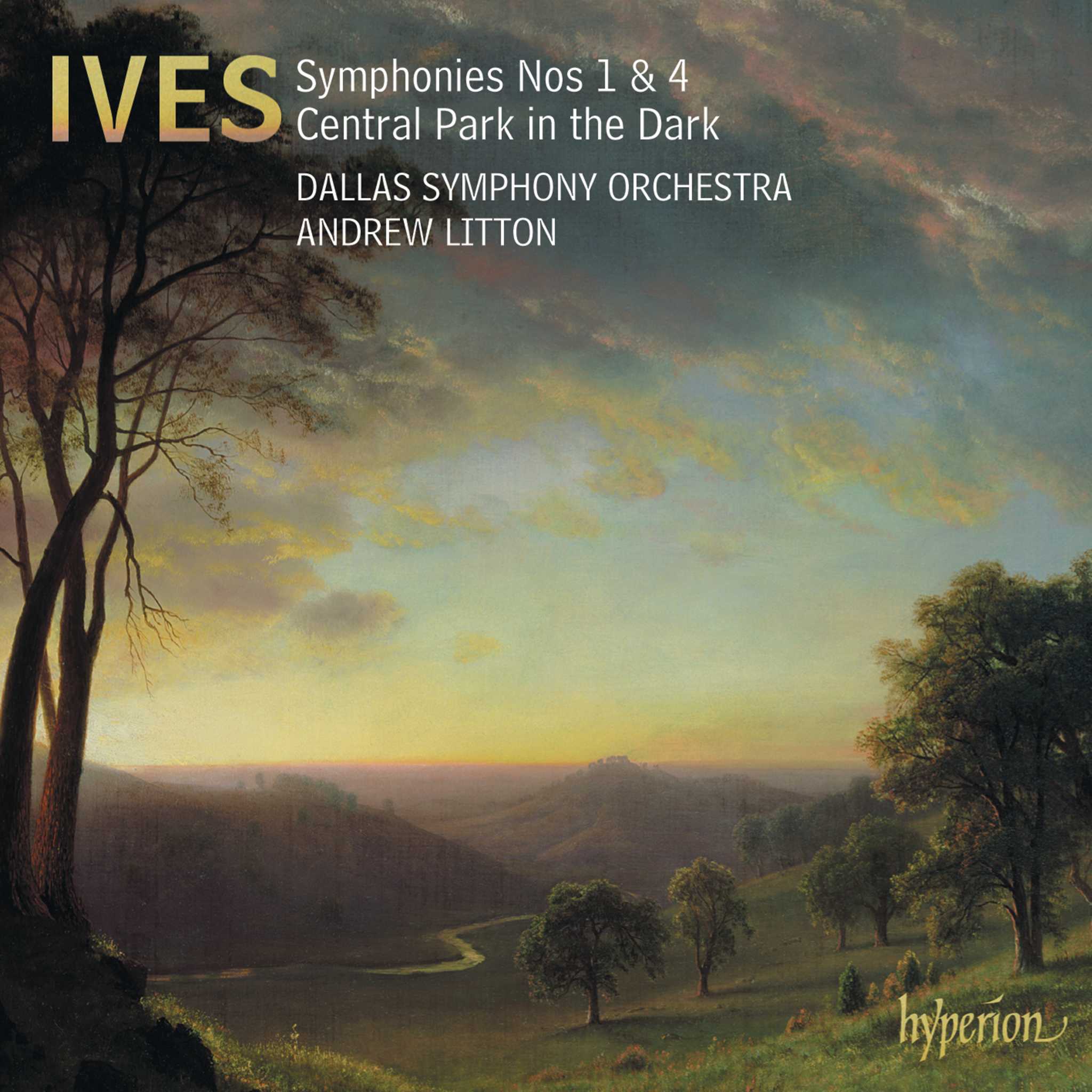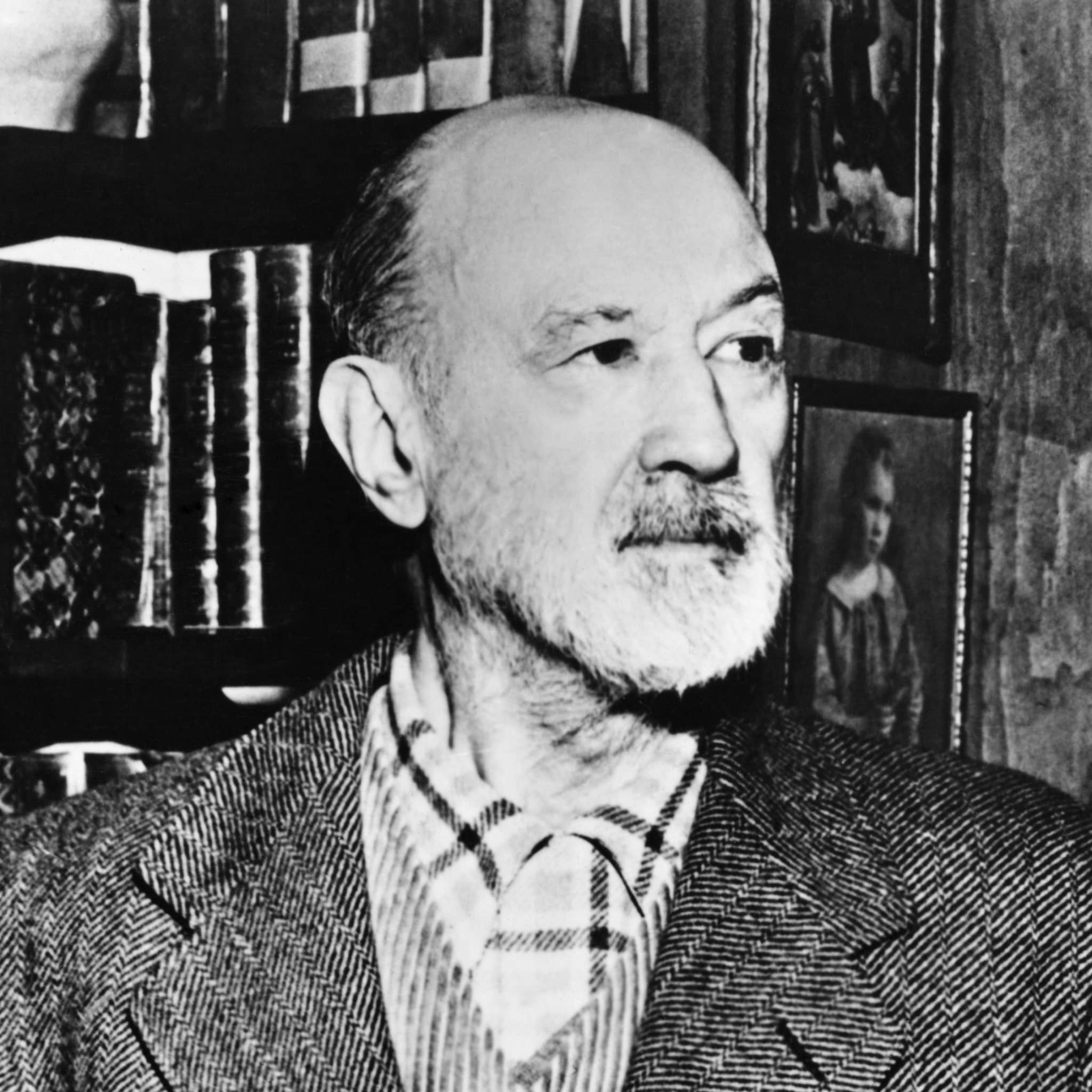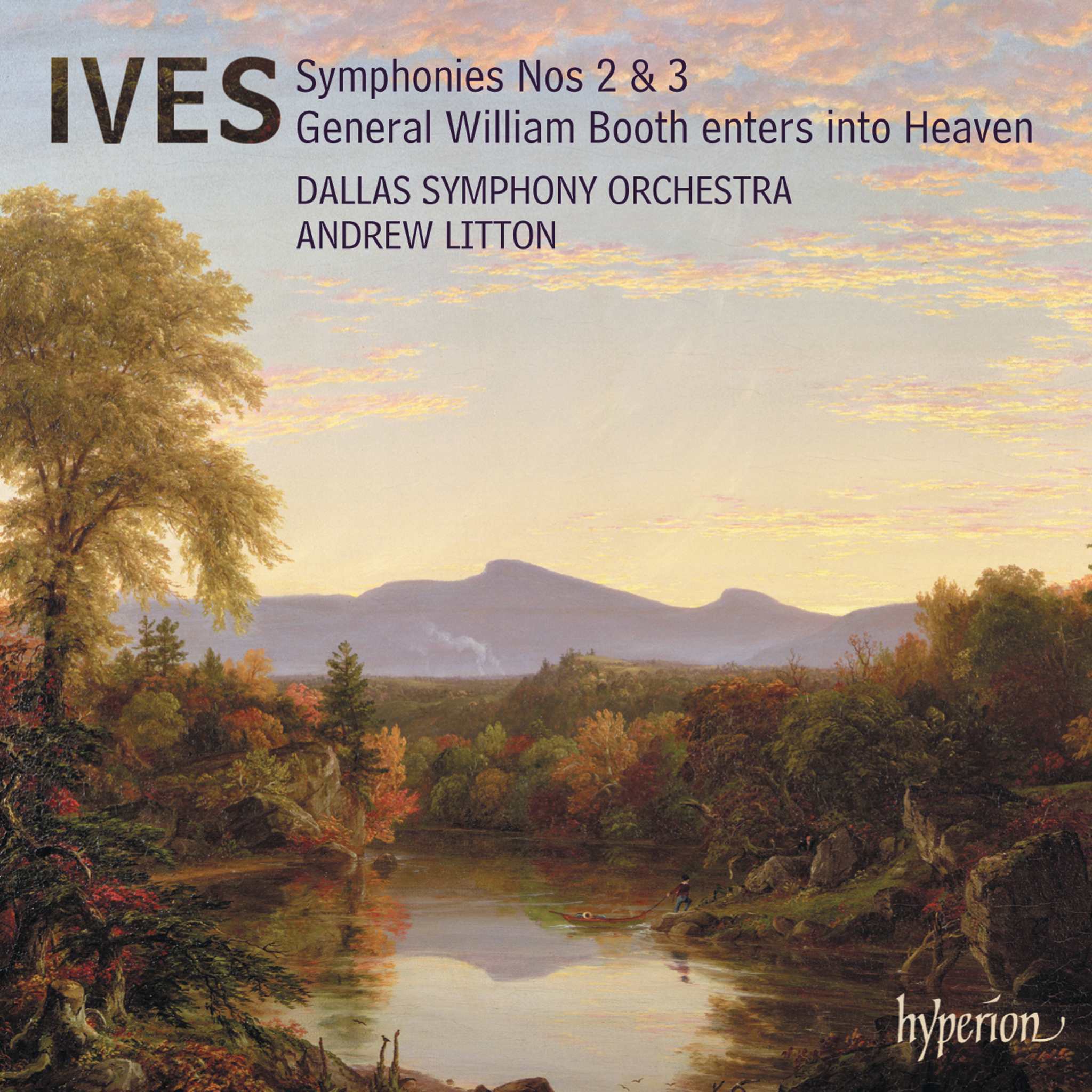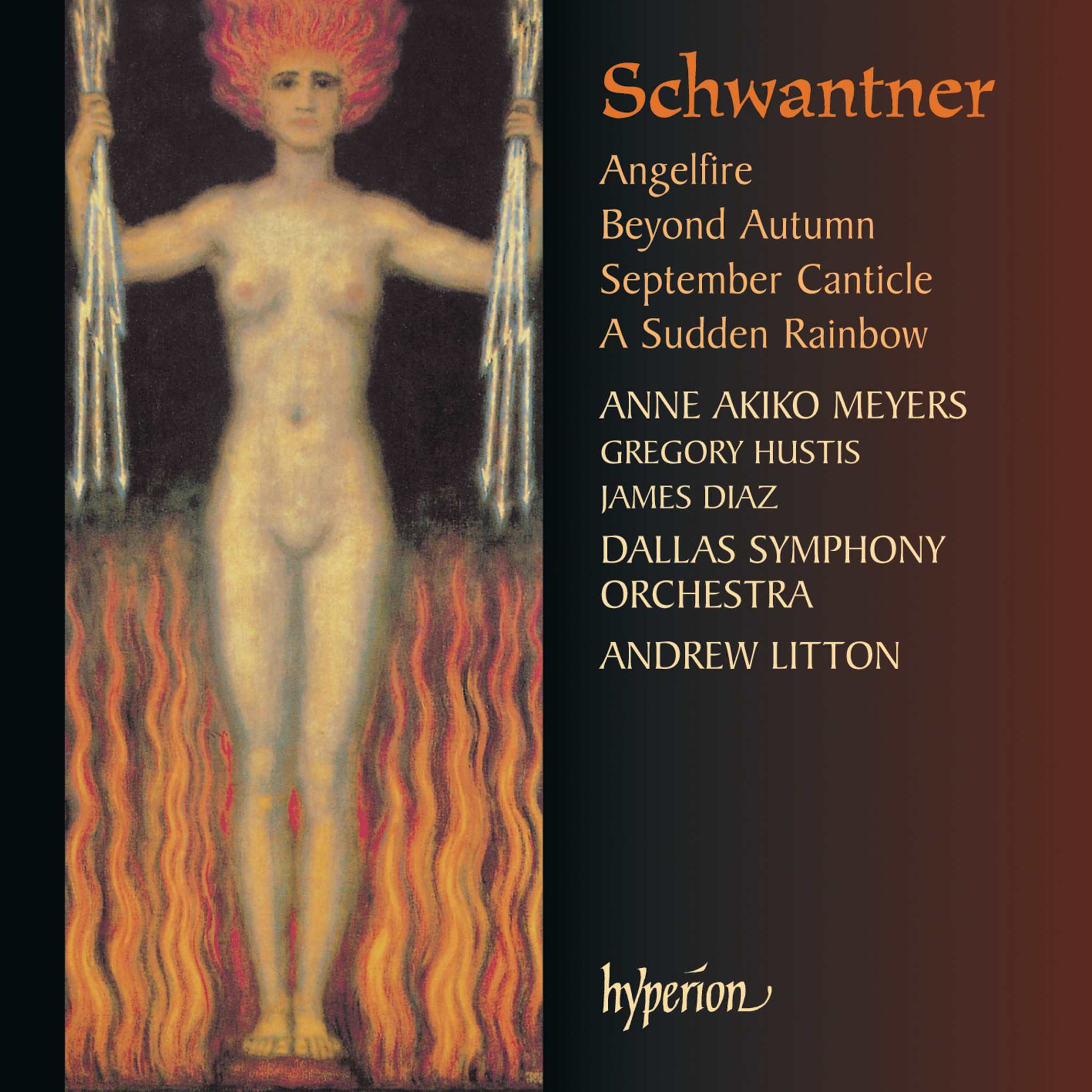Album insights
Of all the major piano cycles of the 19th century, perhaps none have sparked as much speculation and misunderstanding as the four Ballades composed by Chopin in Paris between 1835 and 1842. These ballades, a quartet of individuals sharing a common conception but not visibly alike side by side, are independent creations, crossings of sonata and rondo, variation and fantasy. They are free-form creations of dramatic tension, united by a fidelity to a common tradition. Deceptive daydreams or summonings of Mickiewicz poems – a rumor based on Schumann's imprecise comment regarding the second ballade's genesis – these ballades are not inflated trivialities for salons or lullabies for boudoirs.
The first ballade, dedicated to Baron von Stockhausen, is now believed for stylistic reasons to have been composed in 1835/36 rather than the previously accepted 1830/31 timeframe. Schumann described it as Chopin's most pleasing yet not most brilliant work. James Huneker praised its storminess and innovations, likening its composition to a whirlwind. The second ballade, a fusion of Nocturne and Etude dedicated to Schumann, is renowned for its dramatic contrasts in content and tempo. Its modern juxtaposition of keys and the progressive tonal scheme render it a unique and enigmatic musical statement.
The third ballade, imbued with Mendelssohn-like ambiguity, is a picturesque kaleidoscope of fleeting thoughts, a scene of delicate and fiery, private and public allusions. Reflecting joyfulness, the composition is noted for its brilliant, gallant, and rhythmic movements, infused with fleeting darker moments. The fourth ballade, dedicated to Baroness Charlotte de Rothschild, showcases Chopin's mature genius in piano, intricate harmonies, and poetic depth, highlighting his ability to transcend boundaries of nation and era to share beauty with the world.
Chopin's Sonate Nr. 3 in B minor (August-December 1844), known as the first major B minor sonata of the Romantic era, is a bold and forward-looking creation within Chopin's oeuvre. This sonata, reflecting pride, joy, sublimity, and exuberance, boasts unparalleled thematic integration and creative complexity, marking a pinnacle of his compositional prowess. The four movements span worlds of depth, expressiveness, and lyrical beauty, resonating with pride, life's exuberance, nobility, and overflowing emotions, leaving an indelible impact on the listener.







